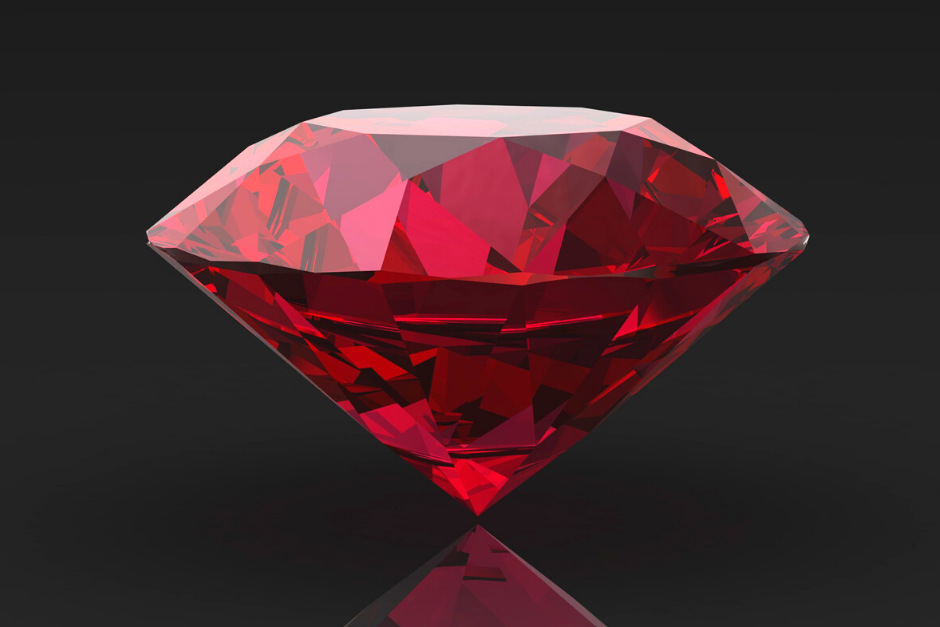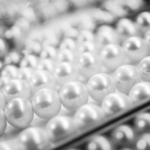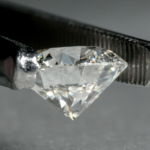July birthstone: Ruby
Known as the King of Precious Stones, ruby is the birthstone of people born in July. ‘Ruby’ is derived from the Latin word ‘rubeus’, meaning ‘red’ – the colour of love and passion.
Ravishing in red
Rubies vary from deep shades of red to dark pink, purplish red or orange-red. Their colour comes from trace amounts of the element chromium. The more chromium, the stronger the red. The brightest and most valuable color of ruby is a Burmese ruby – a rich, passionate, hot, full red color with a slight blue hue. This color is often referred to as “pigeon’s blood” red, a color associated with the Mogok Valley mines in Myanmar.
As a rough stone, ruby appears dull and ‘greasy’, but when cut, it has great luster.
Power and youth
Long associated with the life force blood, ruby was a symbol of power and youthful energy in Indian jewellery.
Some in centuries passed believed the July birthstone could predict misfortune or danger, and others claimed it would cure inflammatory diseases and soothe anger.
Burmese warriors believed rubies made them invincible in battle. However, it wasn’t enough to just wear the rubies. They had to insert them into their flesh and make them part of their bodies! Medieval Europeans maintained that rubies bestowed health, wisdom, wealth and success in love.
Fit for a queen
Rubies have been used in jewellery for centuries and have long been associated with wealth and royalty. Queen Elizabeth’s ruby earrings, and v-shaped ruby and diamond bandeau collar are famous examples.
Rubies are great for jewellery as they are so strong. They are the hardest mineral after diamond, and seven times harder than Topaz, which is next on the hardness scale. They can take high temperatures and therefore can be incorporated into many different settings.
In addition to being the July birthstone, ruby is traditionally given for 40th wedding anniversaries.
From mine to market
Countless hours of labour are needed to bring a ruby from mine to market.
The most renowned rubies, like those from Myanmar, the Himalayas and northern Vietnam, typically form in marble. Marble has low iron content, so the rubies that originate in marble also lack iron. Because of this, many have an intense red colour. These rubies may fluoresce red under ultraviolet light—even the ultraviolet light in sunlight. Fluorescence can make a ruby’s colour even more intense and increase its value.
In other locations, rubies can be found in basalt rocks. Rubies from these sources can have higher iron content, which can make the rubies darker and less intense in colour, and mask the fluorescence.
Show me the money!
There is no shortage of small ruby gemstones but large rubies with a high carat are rare. Rubies can command the highest per-carat price of any coloured stone.
In 2015, a 25.59 carat ruby ring sold for $1,266,901 USD per carat, setting a new record at auction for a coloured gemstone. Yes, that’s $32.4 MILLION in total!
Want to know the value of your ruby?
Contact us below and we’ll be happy to help.





